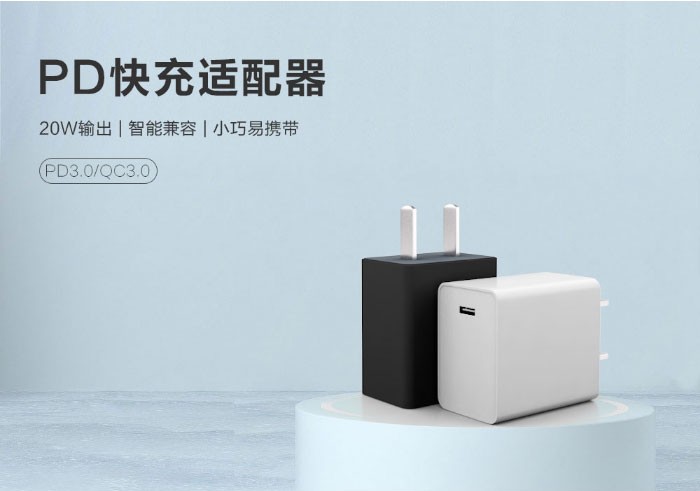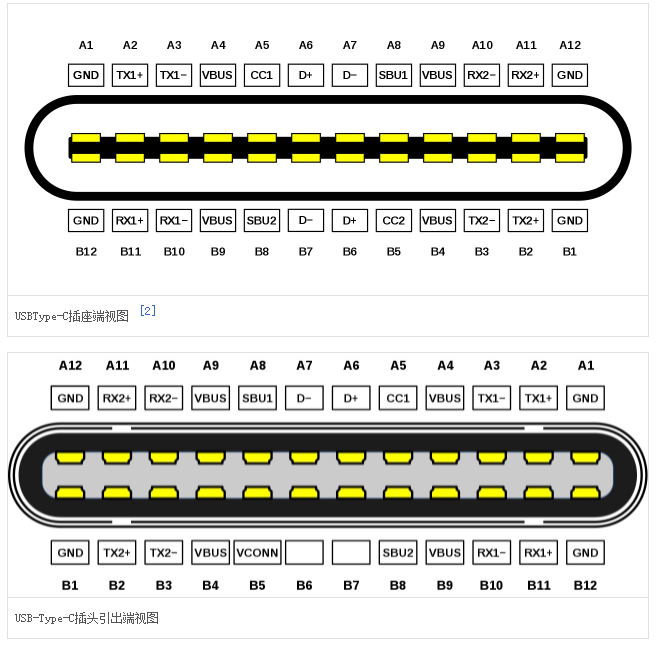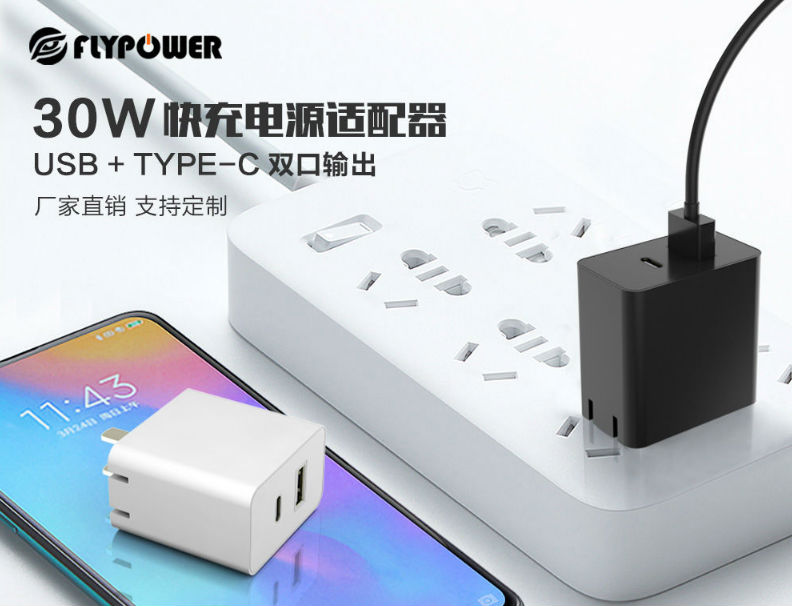How can a PD charger achieve fast charging
Time:2023-07-01
Views:788


The PD charger uses a USB-C interface, which has more pins compared to traditional USB interfaces, allowing it to carry higher power transmission. The USB-C has 24 pins, of which 12 are used for charging and the other 12 are responsible for data transmission. When it starts fast charging, it will conduct bidirectional communication, and the charging communication signal will generate handshake and feedback with the chip controller inside the PD charger, thereby regulating the charging voltage and power.

When charging a PD charger, the data is not unidirectional, but bidirectional communication. Taking the fast charging of mobile phones as an example, after the entire charging circuit is completed and the power supply, PD charger, charging cable, and waiting device are all connected, the fast charging mode is not immediately activated. Instead, the charger first sends a communication package greeting, attempts to shake hands with the charging protocol, and broadcasts data communication to inform the phone. I support four fixed voltage outputs: 5V3A/9V3A/15V3A/20V3.25A. After receiving the data packet broadcast message, the phone provides feedback to the charger, informing them that 5V3A charging mode is required. Subsequently, the charger sent a data packet to reply to the phone, indicating that the power has been adjusted to 5V3A. Subsequently, the phone and charger communicate with each other again. During charging, the phone sends a data packet informing the charger that the voltage needs to be adjusted, requesting to adjust the output voltage to 15V3A. The charger receives a voltage adjustment request and adjusts the output from 5V3A to 15V3A. Afterwards, the phone sends multiple voltage adjustment commands per second, each time informing the charger to lower the voltage, and the charger also adjusts accordingly. After several hundred rounds of communication and voltage tuning, the voltage was stabilized at 9V3A for charging, in order to achieve the goal of keeping the temperature low while maximizing charging power.

In this way, the PD charger continuously adjusts the charging output throughout the entire charging process, balancing the charging power and temperature rise issues, ensuring that charging does not overheat and reduces the loss of charging power, thus achieving the effect of fast charging.
|
Disclaimer: This article is transferred from other platforms and does not represent the views and positions of this site. If there is any infringement or objection, please contact us to delete it. thank you! |











